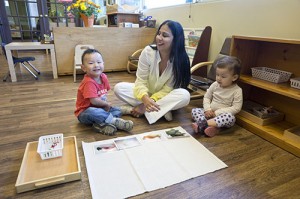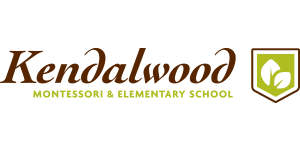How DNA Impacts Your Child’s Education
We are all familiar with the term DNA – it helps explain why your child has her father’s eyes or her grandmother’s aptitude for the piano. If you have young children, there is another lesser known definition for this familiar acronym.
 The Day Nurseries Act (DNA) is the legislation that governs licensed child care in Ontario. This legislation puts standards in place to ensure quality in child care settings including private-home day cares and child care centres. The Day Nurseries Act addresses issues such as staff to student ratios, playground space, health and safety and much more. The Ministry of Education regularly conducts inspections of licensed child care centres and private-home day cares to ensure that licensing requirements are being met.
The Day Nurseries Act (DNA) is the legislation that governs licensed child care in Ontario. This legislation puts standards in place to ensure quality in child care settings including private-home day cares and child care centres. The Day Nurseries Act addresses issues such as staff to student ratios, playground space, health and safety and much more. The Ministry of Education regularly conducts inspections of licensed child care centres and private-home day cares to ensure that licensing requirements are being met.
Is My Childcare Provider Licensed?
Childcare centers that were in operation prior to the Day Nurseries Act coming into effect are exempt from licensing requirements, as are centers that operate in a religious building, leaving many parents unsure of licensing status.
Recently, the Ontario government introduced a new bill addressing this gap. Bill 10 – The Child Care Modernization Act has removed previous exemptions and all childcare centers are required to meet licensing requirements. This means that many child care providers are now required to adjust their practices to meet a higher standard.
Kendalwood Montessori is licensed under the Day Nurseries Act for our Toddler and PreCasa programs. We have been fully licensed since moving to our current location in 2000. In addition, Kendalwood is the only Montessori School in Durham Region that is both accredited by the Canadian Council of Montessori Administrators and licensed under the Day Nurseries Act, having achieved CCMA accreditation in 2011.
Licensing under the Day Nurseries Act is a signal of quality that parents and children deserve. Kendalwood has always been committed to providing the very best learning environment for our students and our well established Day Nurseries Act license is just one of the authentications parents can rely on when choosing Kendalwood.
We encourage all parents considering a child care provider to become familiar with the Day Nurseries Act and ensure the selection process includes licensing. As Bill 10 and The Child Care Modernization Act take full effect later this year, ensure you ask the right questions to gain insight into the provider’s history with licensing and commitment to upholding the required standards – quality in child care matters.
Cover Photo Courtesy Rolands Lakis






 Montessori materials are treated with great respect within the classroom. These items are special and handled with care. For example, the pink tower is never knocked down once assembled. The student will carefully disassemble the tower in order to return the material to the shelf.
Montessori materials are treated with great respect within the classroom. These items are special and handled with care. For example, the pink tower is never knocked down once assembled. The student will carefully disassemble the tower in order to return the material to the shelf.